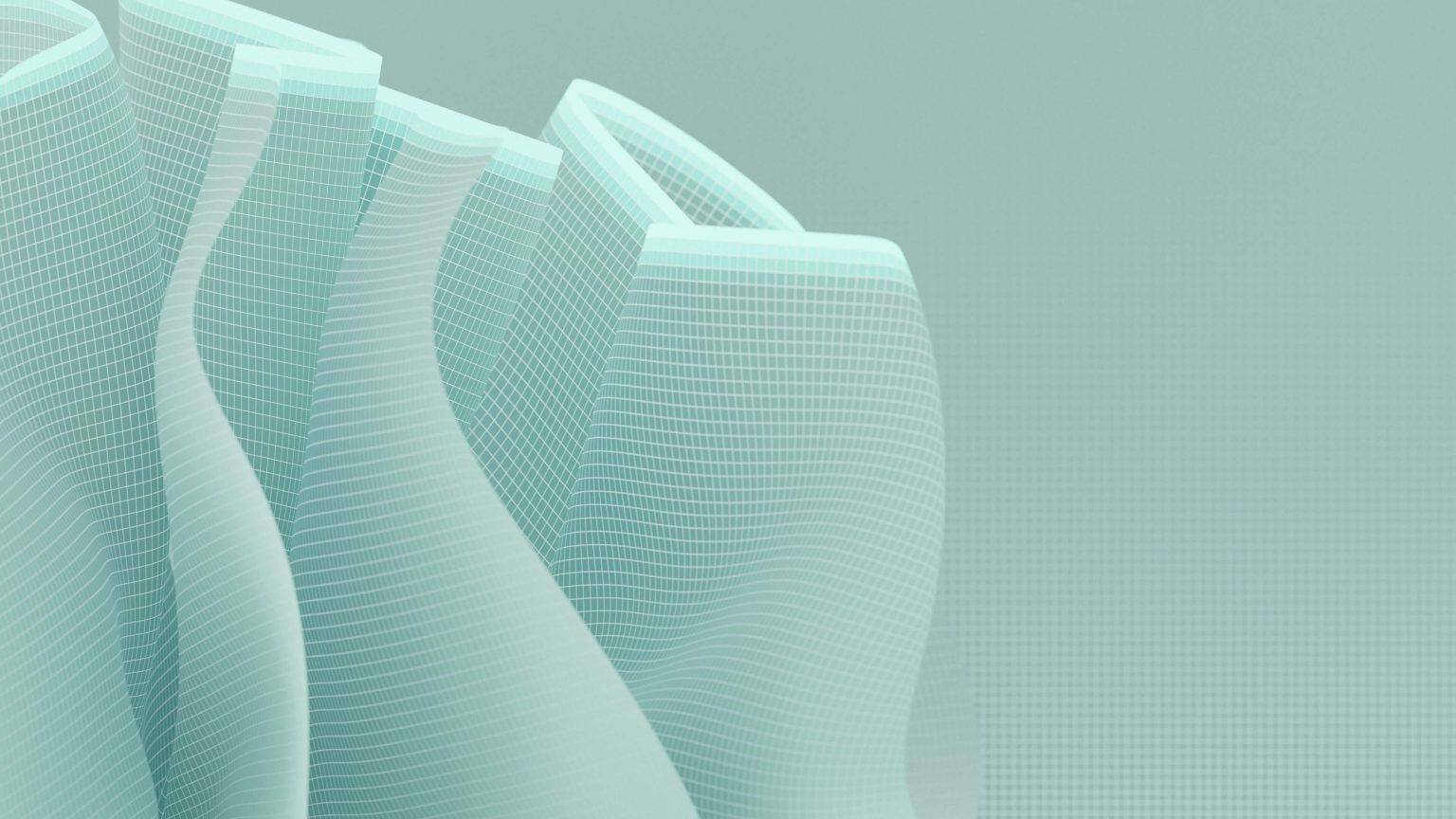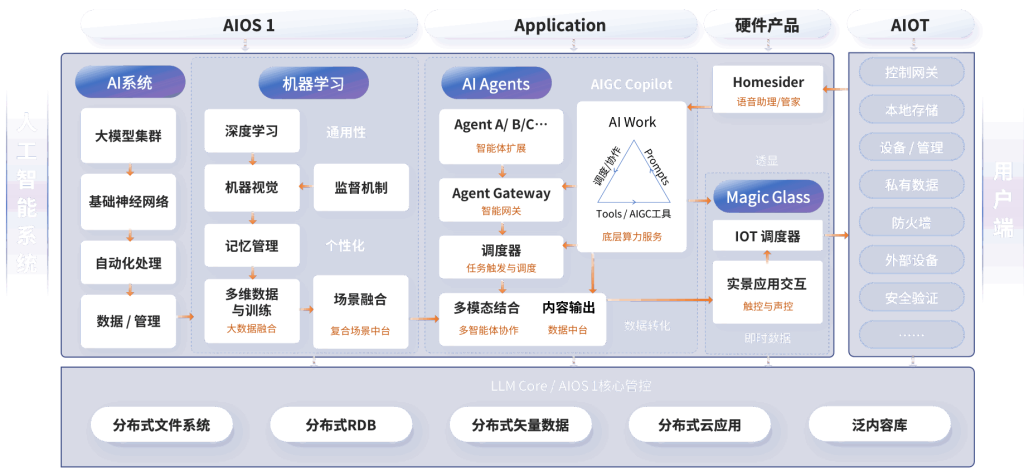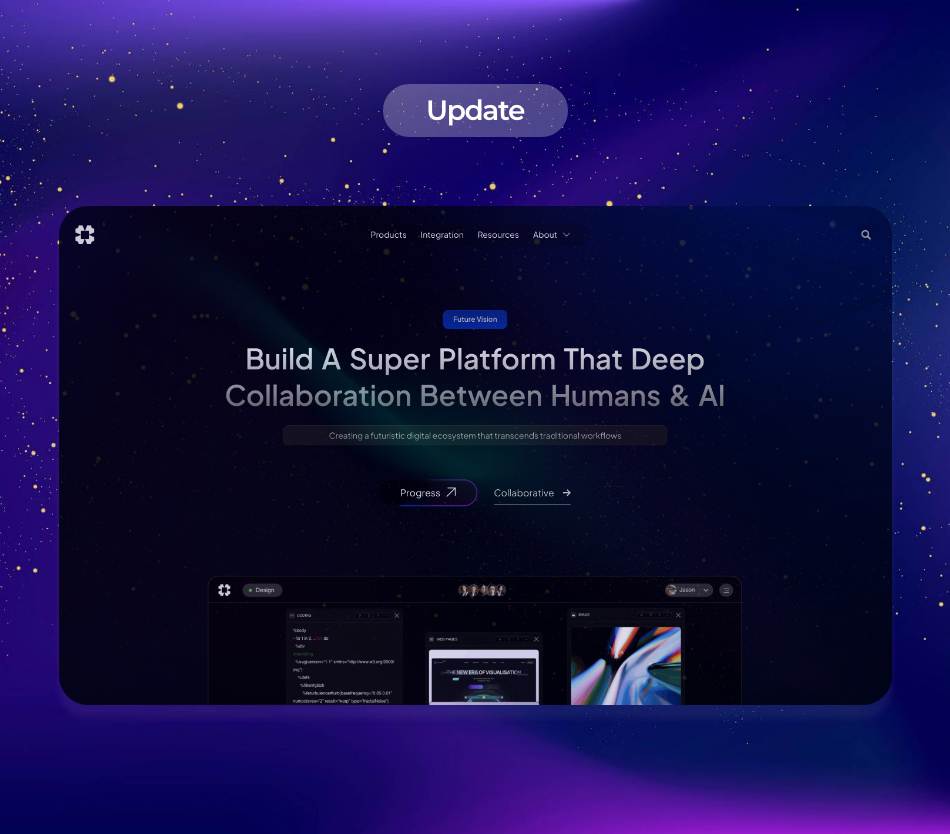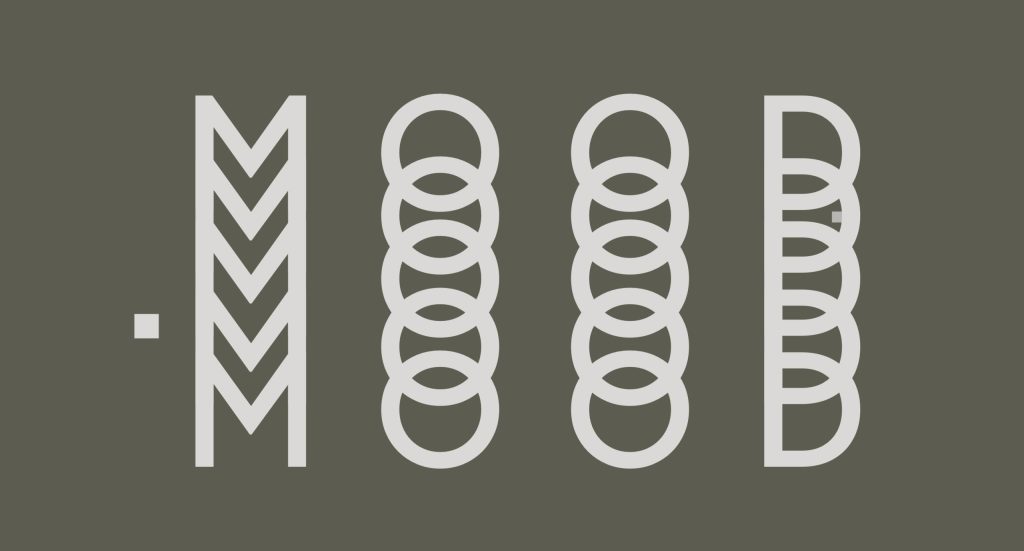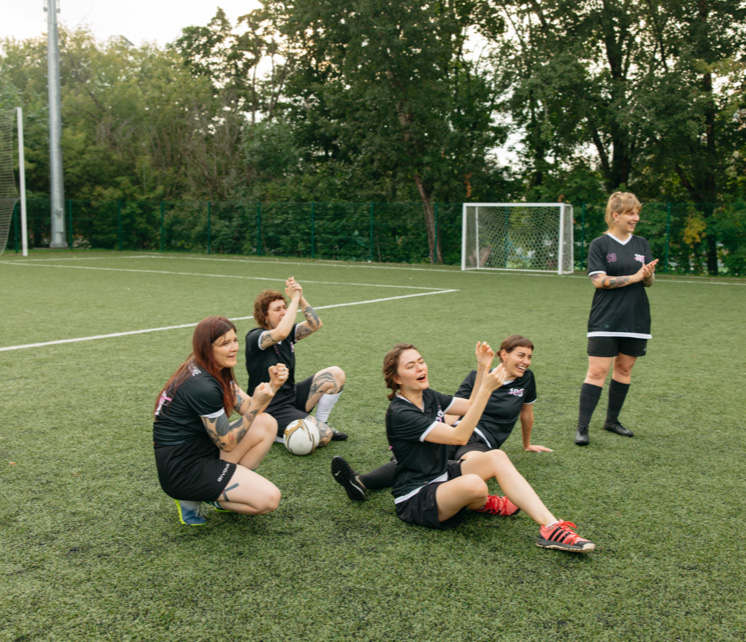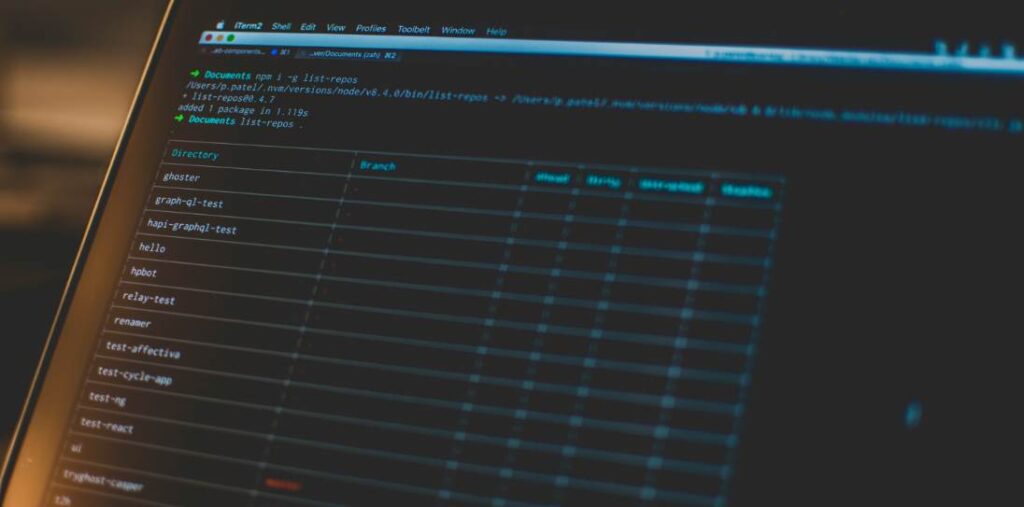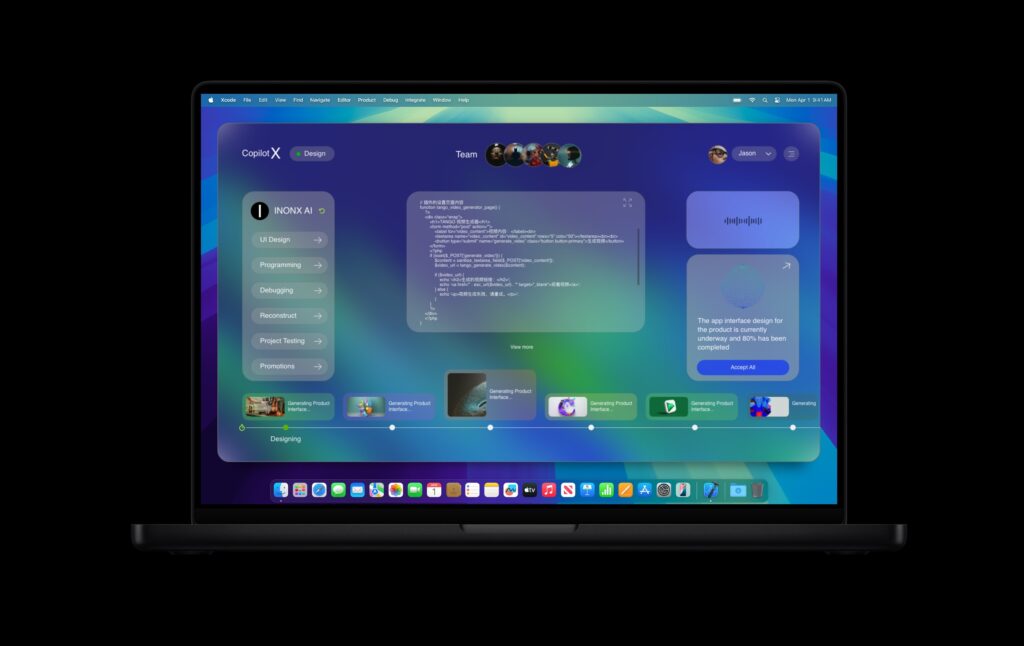Artificial Intelligence (AI) continues to evolve at a breakneck pace, unveiling new technologies and applications that are reshaping industries and enhancing human capabilities. In this article, we will explore three significant advancements in the field: AgilOne’s innovative approach to customer data management, the rise of robotic painting technology, and the application of Conditional Random Fields (CRF) in machine learning. These developments not only highlight the versatility of AI but also underscore its potential to drive transformative change across various sectors.
AgilOne: Redefining Customer Data Management
AgilOne, a leading player in the customer data platform arena, has made significant strides in harnessing AI to enhance customer insights and optimize marketing strategies. The company recently announced updates to its AI-driven analytics platform, which are designed to provide businesses with a more comprehensive understanding of their customers.
The core of AgilOne’s platform is its ability to consolidate and analyze vast amounts of customer data from various sources. With the increasing amount of data generated every day, businesses struggle to make sense of disparate datasets. AgilOne’s AI algorithms intelligently aggregate this data, allowing organizations to create a single customer view. This holistic perspective enables companies to tailor their marketing efforts more effectively and improve customer engagement.
One of the latest features introduced by AgilOne is its predictive analytics capability. By utilizing machine learning models, the platform can predict customer behavior and preferences based on historical data. For instance, it can identify which products a customer is likely to purchase next or estimate the lifetime value of a customer based on their interaction history. These predictive insights equip businesses with the tools to make data-driven decisions, enhancing their overall marketing effectiveness.
Additionally, AgilOne has focused on enhancing the user experience through advanced visualization tools. The integration of AI-generated visual reports simplifies the understanding of complex data trends, making it easier for marketing teams to derive actionable insights. By streamlining data interpretation, AgilOne empowers marketers to focus on strategy rather than data aggregation.
The implications of AgilOne’s advancements extend beyond marketing. As businesses increasingly rely on data-driven strategies, the need for robust customer data management solutions will become more pronounced. AgilOne’s platform positions itself as a crucial ally for companies seeking to navigate the intricate landscape of customer engagement in the digital age.
Robotic Painting: A New Frontier in Automation
As industries increasingly turn to automation for efficiency and precision, robotic painting technology has emerged as a groundbreaking application of AI. This innovation is particularly significant in manufacturing and construction, where accuracy and consistency are paramount.
Recent developments in robotic painting have witnessed the introduction of AI-driven robots capable of autonomously performing intricate painting tasks. Unlike traditional robotic systems programmed to follow predefined paths, these new robots utilize machine learning algorithms to adapt their actions based on real-time data. This adaptability allows them to adjust to the surface being painted, ensuring even coverage and optimal results.
For instance, manufacturers are developing robots that can identify variations in the texture and color of surfaces. These robots use computer vision systems to assess the area before commencing painting. By analyzing the visual data, they can adjust spray patterns, distances, and even paint thickness accordingly. This level of precision reduces paint wastage and ensures a flawless finish, making it ideal for high-end manufacturing environments.
Moreover, the introduction of robotic painting technology is transforming safety protocols in industries such as automotive and construction. Traditionally, painting tasks often expose workers to hazardous fumes and materials. With robotics taking over these responsibilities, the risk of workplace accidents decreases significantly. This advancement not only safeguards workers but also enhances productivity, as robotic systems can operate around the clock without the need for breaks.
Another exciting aspect of robotic painting is its potential for customization. Companies can now offer personalized products at an unprecedented scale. By employing AI-driven robots capable of complex designs and patterns, manufacturers can cater to diverse consumer preferences without significant overhead costs.
As the technology matures, the applications of robotic painting are expected to broaden. From intricate artistic designs in residential spaces to large-scale industrial coatings, the versatility of AI in this domain will likely open new market opportunities and redefine traditional practices.
Conditional Random Fields: Advancements in Machine Learning
Conditional Random Fields (CRF) have long been a staple in machine learning, particularly for structured prediction tasks such as image segmentation and natural language processing. Recent innovations in CRF have led to enhanced algorithms that leverage deep learning techniques, elevating the performance of AI applications in nuanced areas such as healthcare, finance, and autonomous systems.
CRF is a type of probabilistic graphical model that facilitates the prediction of outcomes based on observed context. By modeling the relationship between different variables, CRF effectively captures complex patterns and interactions within data. Traditionally used alongside simpler models, the integration of deep learning has revolutionized CRF’s capabilities, leading to significant improvements in accuracy and flexibility.
One of the most notable advancements in CRF is its application in computer vision. Research has demonstrated that the combination of Convolutional Neural Networks (CNN) with CRF can yield state-of-the-art results in tasks such as image segmentation, where precise delineation between different objects in an image is crucial. This synergy enables systems to not only recognize objects within images but also to understand their spatial relationships, enhancing overall interpretative accuracy.
In healthcare, CRF models are increasingly employed for patient outcome predictions. By integrating CRF with electronic health records (EHR), researchers can identify trends and patterns in patient data to assess risk factors for diseases more effectively. This predictive capability could lead to improved patient care strategies, personalized treatment plans, and more proactive healthcare systems.
Moreover, the financial sector is witnessing the application of CRF in fraud detection and risk assessment. Advanced CRF algorithms analyze transaction patterns and detect anomalies, providing institutions with the tools needed to combat fraudulent activities effectively. These models adapt to changing behaviors, offering a dynamic solution to a persistent problem in financial services.
As the field progresses, CRF’s integration with other machine learning techniques promises to enhance its utility further. The ongoing research into CRF frameworks will undoubtedly yield new approaches that leverage the strengths of deep learning and other AI innovations, pushing the boundaries of what is possible within structured prediction tasks.
Conclusion
The developments in Artificial Intelligence, as exemplified by AgilOne’s customer data management solutions, the rise of robotic painting technology, and advancements in Conditional Random Fields, demonstrate the extraordinary progress in this field. As AI continues to reshape diverse industries, it fosters improved efficiency, enhanced capabilities, and innovative applications that redefine traditional practices.
The potential of AI is limitless, and as organizations embrace these advancements, the trajectory of technological evolution will continue to elevate the ways we interact with and leverage data, bringing forth a future that is more connected, efficient, and informed.
**Sources:**
1. AgilOne Press Release – AgilOne Launches Predictive Analytics Feature
2. Robotics Industry Association – Advances in Robotic Painting
3. Journal of Machine Learning Research – Conditional Random Fields: Current Advances
